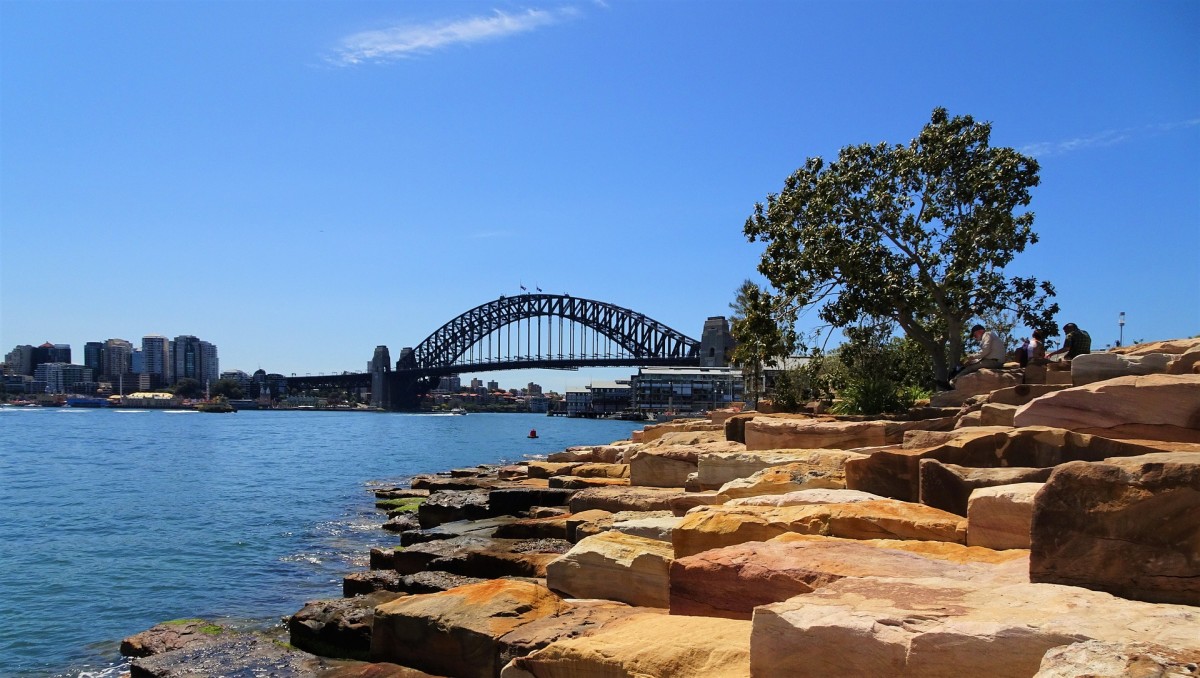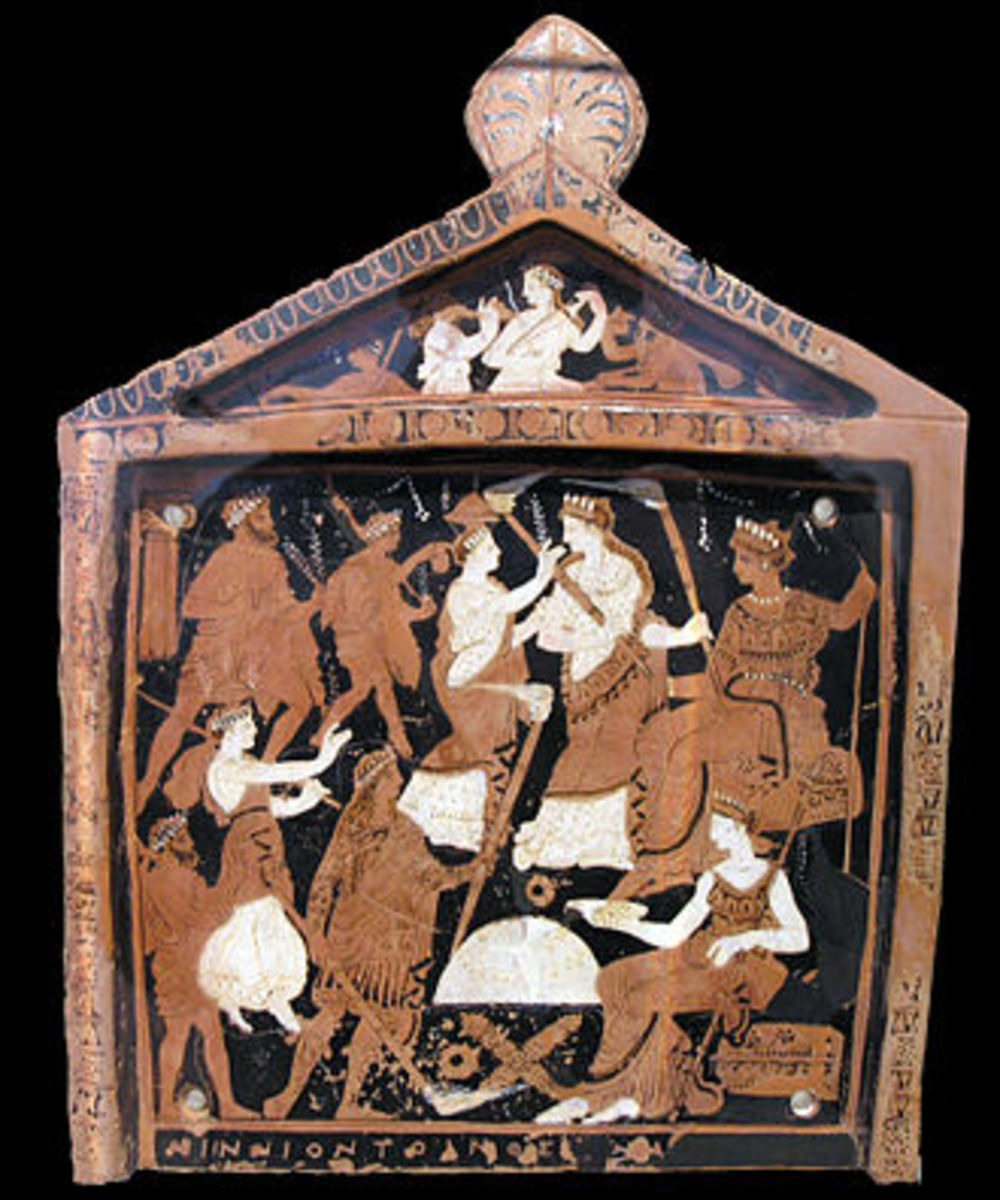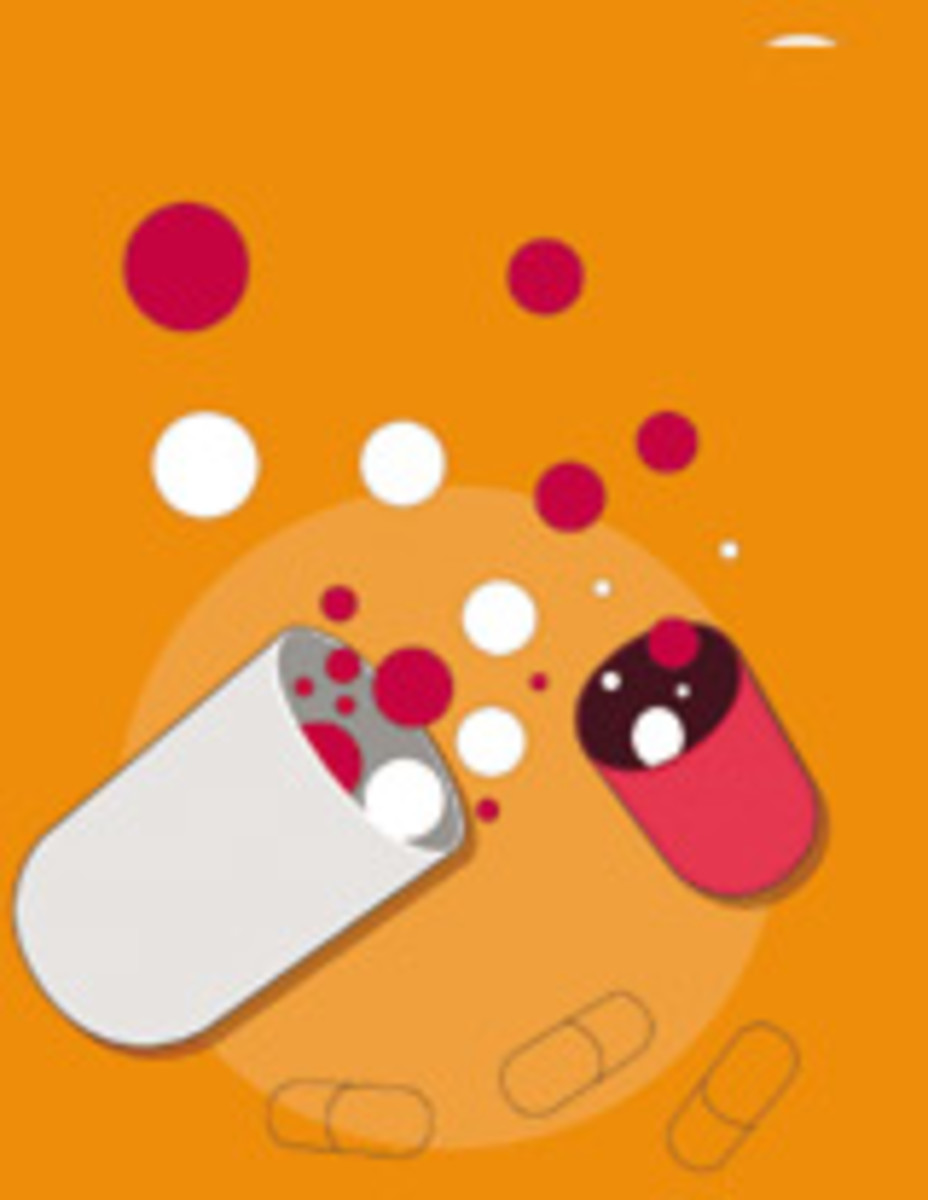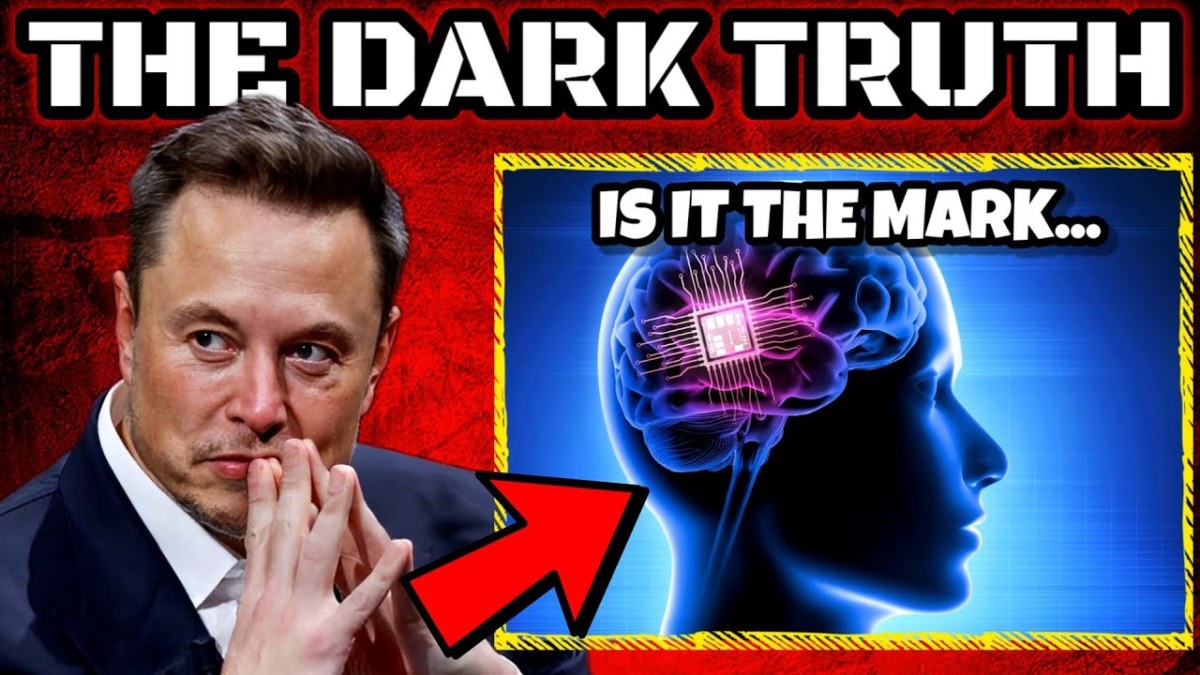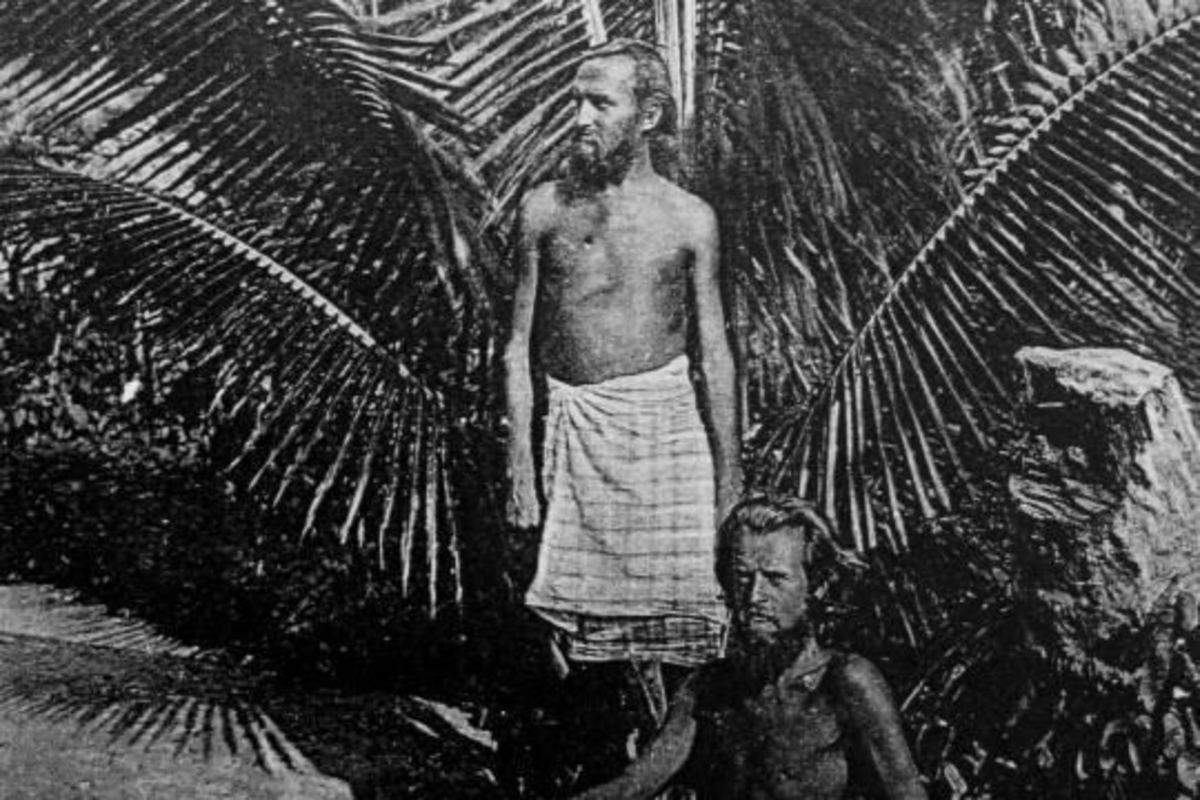Entheogens
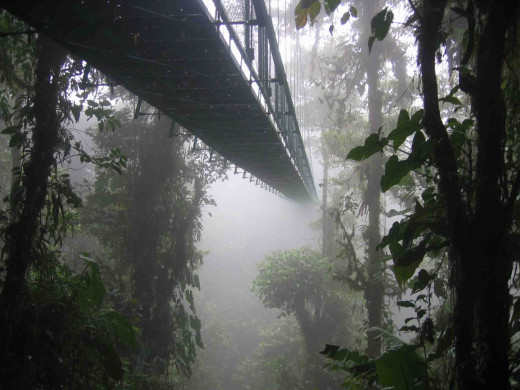
An entheogen is defined as "A psychoactive substance used for the purpose of inducing a mystical or spiritual experience." Natural entheogens have been around for thousands of years in the form of plants and in the 20th century scientists managed to synthesize hundreds of new ones. Natural entheogens include fly agaric and psilocybin mushrooms, salvia, ayahausca, and peyote. The experiences generated by these plants profoundly influenced shaman-based cultures and pagan fertility cults and helped shape their beliefs about the world.
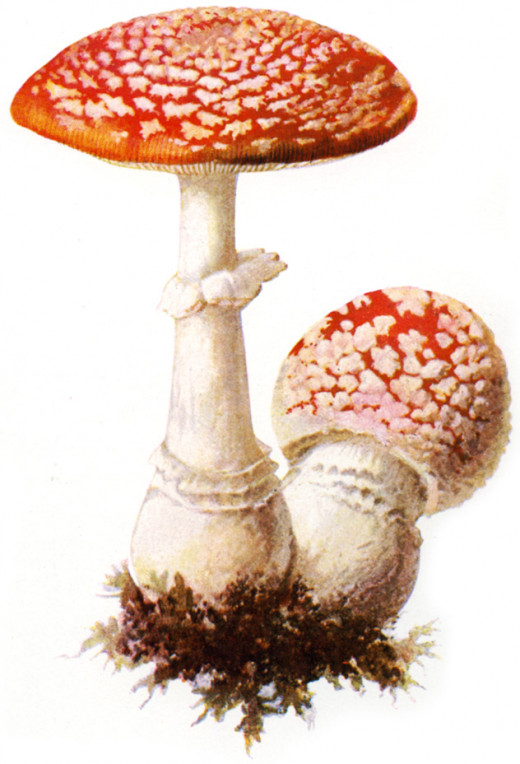
Ethnomycology is the study of psychoactive mushrooms and their spiritual uses.
Entheogens and Christianity
Mainstream Christianity mostly condemns the use of entheogens for the purpose of inducing spiritual experiences. The only exception is wine which is sometimes considered an entheogen and is used in the Eucharist. Other entheogens have been suppressed. One of the first to be removed from the Christian world was kykeon, a drink used by Greeks during the Eleusinian Mysteries, the most important ritual in Ancient Greek Culture. The Eleusinian Mysteries celebrated Demeter and Persephone and was based on fertility and agriculture. The Roman Catholic Church forbade the ritual in 396 AD.
Suppression of entheogen use continued through the colonization of America. When Christian missionaries first came to the United States they were horrified by the "demonic" effects of ayahausca, peyote, and psilocybin mushrooms on the natives, and banned the substances as part of the conversion process, sometimes trying to get the natives to use wine instead of the mushrooms or ayahausca. Peyote came to be known as devil's-root or diabolic-root.
Any effort to reintroduce entheogens into mainstream religion is met with resistance. In the early 1970s British professor and ethnomycologist John Marco Allegro theorized that Christianity was created by fertility cults under the influence of the fly agaric mushroom and that the fly agaric was the forbidden fruit, not the apple. He was fired over controversy generated by his theories but scholars have recently begun to reexamine his ideas.
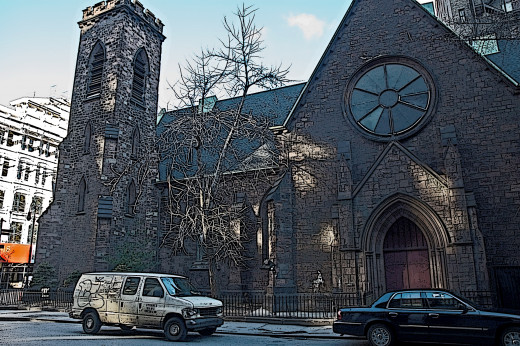
Recreational Use of Entheogens
Technically if a substance like peyote is ingested for the thrill of the experience rather than a spiritual purpose, it is no longer considered an entheogen. Today recreational use of substances that would have been considered entheogens or could be considered entheogens has surpassed their spiritual use, especially among the synthetic entheogens, showing that religion and psychedelics have mostly parted ways.
In the 1960s LSD and marijuana were the drugs of choice. In the 1980s MDMA or ecstasy became popular as part of the club scene. Christians sit in churches or blog about Bible interpretations or organize Chick-Fil-A catered outdoor evangelist information sessions while the atheists and agnostics experience the euphoria of substances like MDMA at all-night dance parties.
Recreational use of natural entheogens is one of the reasons why they have been made illegal or are in the process of being banned. The public often equates them with drugs like heroin and cocaine without making a distinction between recreational and spiritual uses. Some advocates of entheogen use would consider this a cultural bias and question why alcohol and nicotine are exempted from criminalization.
Initial research shows that many entheogens are non-addictive and don't cause damage from long-term use. An interesting study that compared the long term mental health effects of peyote used as part of religious rituals versus alcohol consumed by alcoholics showed improvements among those who used peyote and shortcomings among alcohol users compared to those who used neither.

Prohibition
Psychoactive substances that are currently illegal in the United States include peyote, psilocybin, mescaline, LSD, marijuana, MDMA, DMT, and AMT. Government restriction of psychoactive substances was solidified with Nixon's War on Drugs. Harsh sentencing, high incarceration rates, employment drug screenings, and the Just Say No propaganda campaign enforce the policies of the War on Drugs.
During the 20th century many synthetic psychoactive drugs were discovered like MDMA, AMT, DOM, and the semisynthetic LSD. Alexander Shulgin alone discovered 230. Even though American scientists developed many of the artificial psychoactive drugs, the U.S. government soon criminalized the substances and halted research on them. FDA rulings in 1989 and 1990 blocked research on psychedelics, MDMA was criminalized in 1986, and a government-sponsored organization has a monopoly on the research supply of medical marijuana, making it difficult for research groups to obtain even the smallest amounts.
The effectiveness of these anti-drug measures is controversial. The U.N. and the White House have come up with contradictory statistics, with the U.N. showing that drug use is rising while White House statistics show that drug use is falling. The Global Commission on Drug Policy believes the War on Drugs has failed and that military intervention should be ended and replaced with treatment programs for drug addicts.
The government has seemed to be successful at curtailing use of illegal drugs at public gatherings. The 1980s club scene where drugs like MDMA were rampant fell apart after police raided and shut down many of the nightclubs. The week-long Burning Man festival in Nevada, which used to be a virtual Disneyland for psychonauts has seen decreased drug use in recent years due to the rising presence of police and undercover dealers. But rather than a steady decline in overall drug use it seems that some drugs fall out of fashion and others take their place.
There are a few exceptions to the prohibition of drugs. Members of American Indian tribes are allowed to use peyote in their rituals. Salvia divinorum is only criminalized in certain states. Ayahuasca has not been criminalized even though it contains DMT because DMT is not isolated in the process of brewing ayahuasca.

Critics of the War on Drugs hold a variety of viewpoints:
- Everyone should have a right to use psychoactive substances if they aren't harming anyone else in the process
- The War on Drugs is unethical because it is motivated by profit
- The War on Drugs is ineffective at decreasing drug use and trade
- Drug use should be decriminalized and the focus should be on treating drug addicts rather than punishing them
- Anti-drug advertising campaigns exaggerate the dangers of some of these substances based on little scientific or medical research
- The War on Drugs is culturally biased
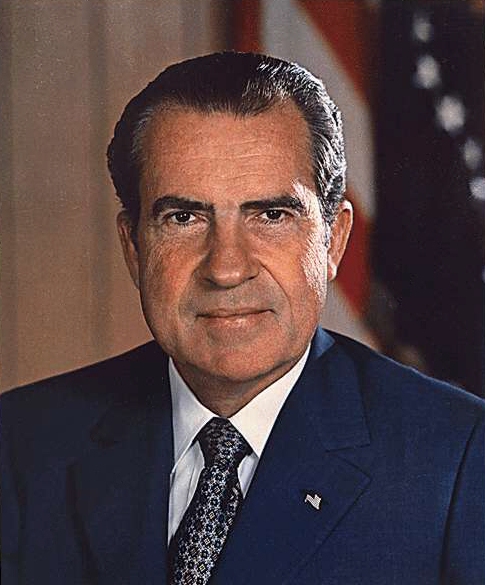
Timeline of U.S. Drug Laws
- 1970: Comprehensive Drug Abuse Prevention and Control Act & Controlled Substances Acts - categorized controlled substances into classes
- 1971: War on Drugs campaign began
- 1982: Just Say No advertising campaign began
- 1984: Controlled Substances Penalties Amendments Act of 1984 - increased minimum sentencing for drug violations
- 1986: President Reagan began a drug testing program for federal employment
- 1994: American Indian Religious Freedom Act Amendments of 1994 -permits tribe members to use peyote
- 2002: Board of Education vs. Earls upholds mandatory drug testing in public schools for students participating in extracurricular activities
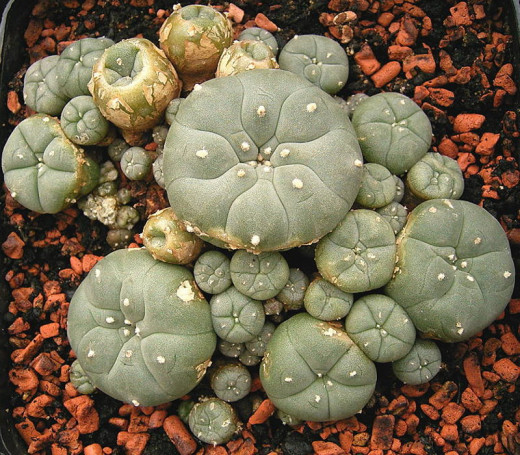

History of Entheogen Use
Peyote is a cactus that is native to Mexico and Texas. Based on archaeological findings, Native Americans are thought to have used it for approximately 5,500 years as an entheogen. When the Native American Church formed in the 19th century use of peyote spread to other tribes in the Unites States. Peyote was usually used to gain insight or for healing purposes. Traditional users believed it reduced pain from childbirth, toothaches or joint problems and that it could cure skin diseases.
The fly agaric mushroom was used by Siberian shamans and laymen as an entheogen, and also by the Lapps or Sami people of northernmost Scandinavia. Siberian shamans used the mushroom to induce a trance. This is the mushroom that John Marco Allegro believes was the fruit of the Tree of Knowledge in the Garden of Eden. Another ethnomycologist, R. Gordon Wasson, believes that the fly agaric mushroom may also have been used in India and he thinks it may have been the soma mentioned in Hindu texts.
Psilocybin mushrooms have been used by shamans since prehistoric times. They are found on every continent except Antarctica. Mesoamerican peoples like the Aztecs and Mayans used psilocybin mushrooms as entheogens for thousands of years. Archaeologists have found hundreds of Mayan mushroom stones which are shaped like mushrooms with people or deities and animals carved into the base of the mushroom.
Salvia divinorum grows only in the cloud forest of Mexico. The plant is also called Diviner's Sage and Seer's Sage and it is used by Mazatec shamans as an entheogen. The Aztecs may have used it as well. Many Mazatec families grow salvia divinorum in a remote, hidden location. The limited distribution of this plant concealed it from Europeans until the 20th century.
Ayahuasca is a brew used by shamans indigenous to the Amazon region. Somehow Amazonian shamans discovered that combining the leaves of certain tropical shrubs with the B. caapl vine created this entheogen. Scientists later discovered that the leaves contained DMT which remains inactive unless combined with a Monoamine oxidase inhibitor like the B. caapl vine. An Amazonian myth states that the shamans learned to combine the plants from the Jaguar.
The Effects of Entheogens
Since they are psychoactive, entheogens cause a number of perceptual distortions. Medical researchers and religious leaders have identified a number of positive effects of entheogens. The table below shows how they compare to the negative effects popularized by anti-drug advertising.
Positive Effects
| Negative Effects
| |
|---|---|---|
Decreased fear of death or mortality
| Death
| |
Reduced anxiety
| Anxiety, fear
| |
Improved personality
| Insanity
| |
Deepened equanimity (calmness)
| Tremors, teeth clenching, nausea
| |
Anti-depressant
| Depression, despair
| |
Broadens sense of awareness
| Possible brain damage
| |
Inspires imagination and creativity
| Makes it hard to think
| |
Facilitates communication and openness
| Makes it hard to communicate
| |
Expands definition of reality
| Makes it hard to focus on reality
| |
Non-Addictive
| Addictive
| |
Aids meditation
| Panic attacks
| |
Therapeutic
| Long-lasting psychoses or mental disorders
| |
Aids meditation
| Memory loss
|
The two lists are so different they almost seem irreconcilable! Of course supporters of entheogens are going to emphasize the positive aspects while anti-drug groups are going to emphasize the dangers. Note that many of the effects will depend on whether the drug is used spiritually, therapeutically, or for recreation. Spiritual and therapeutic contexts mean there is much less chance of overdosing.
The Future of Entheogens
So far Obama's policies on drugs are somewhat ambiguous. He has increased funding for treatment but also augmented police enforcement of drug laws. If Prohibition is any example, perhaps the War on Drugs is failing. If the government can't stop the trade and use of psychoactive drugs, it will attempt to control them and regulate them. This may be why clinical trials for using MDMA to treat PTSD and dying cancer patients have been greenlighted. Controlling the medical supply means they control who gets the drugs and for what reason.
Supporters of entheogens believe they could have a profound spiritual effect on humanity if they gained widespread use, that would end many of the world's military conflicts. Psychologists see many therapeutic benefits. Concerned parents worry about their kids getting addicted. The impact of these substances will depend on if people decide to use them spiritually or self-destructively.


